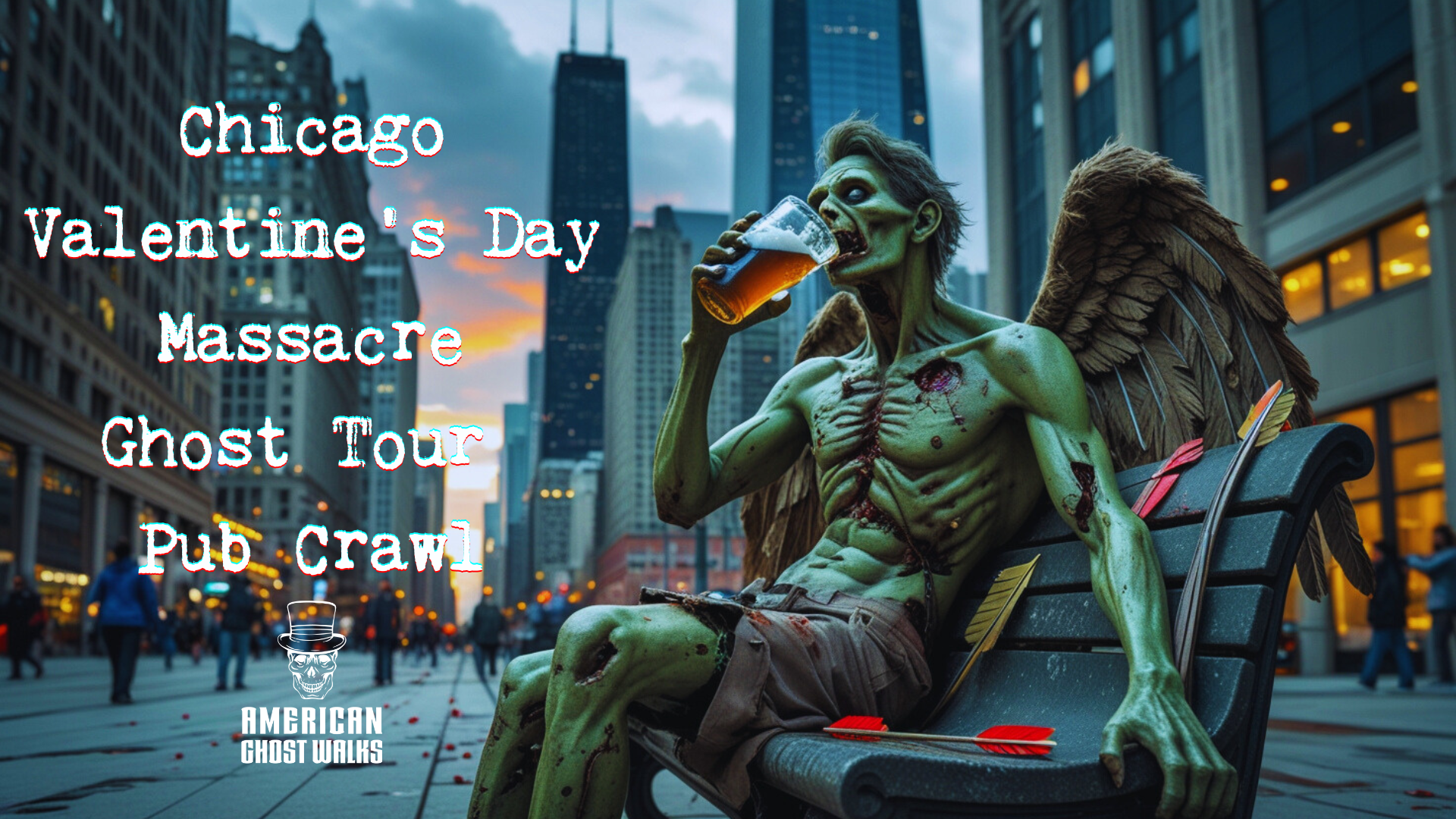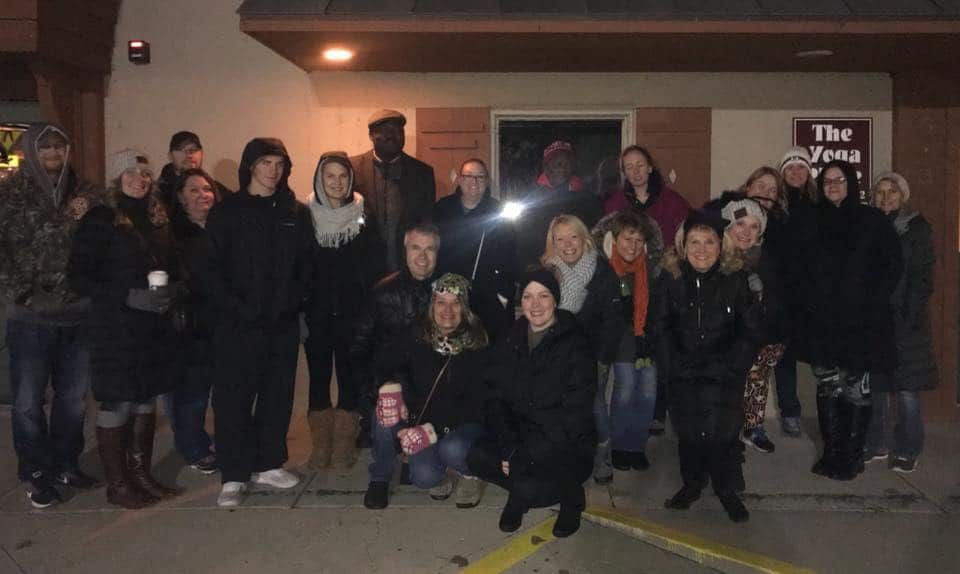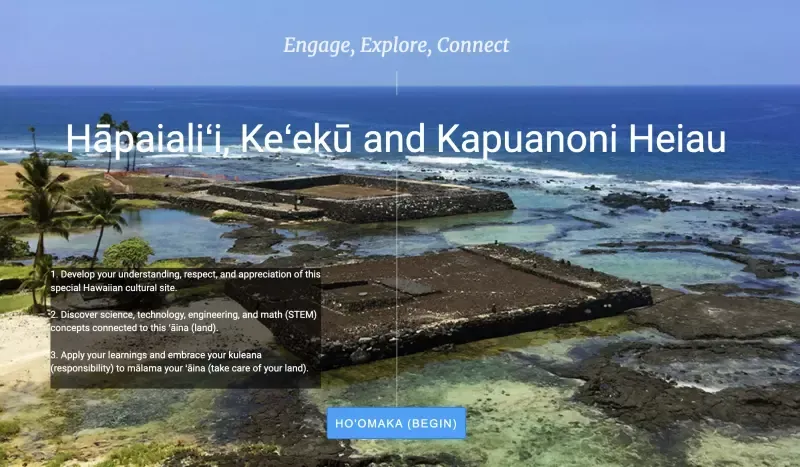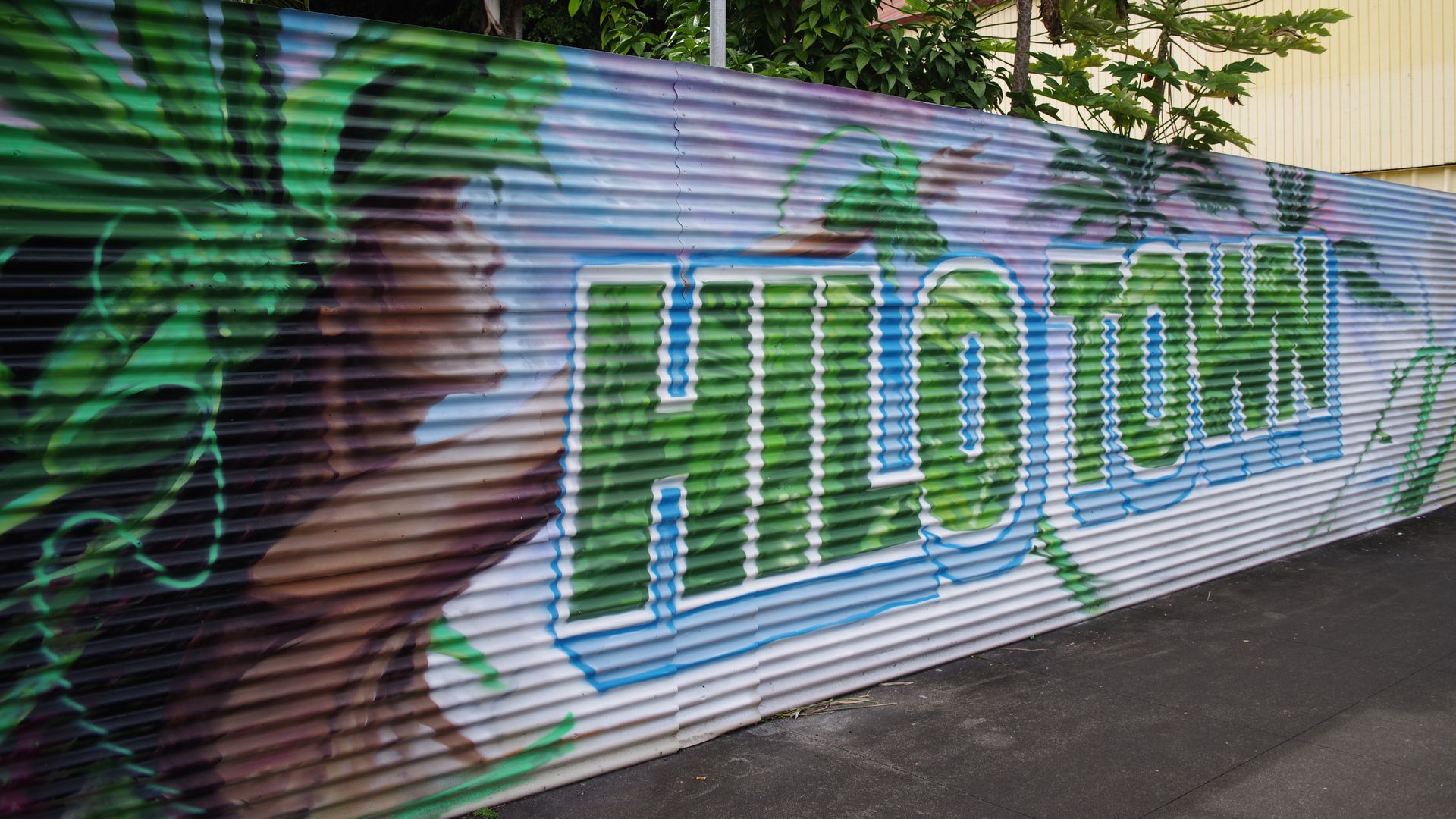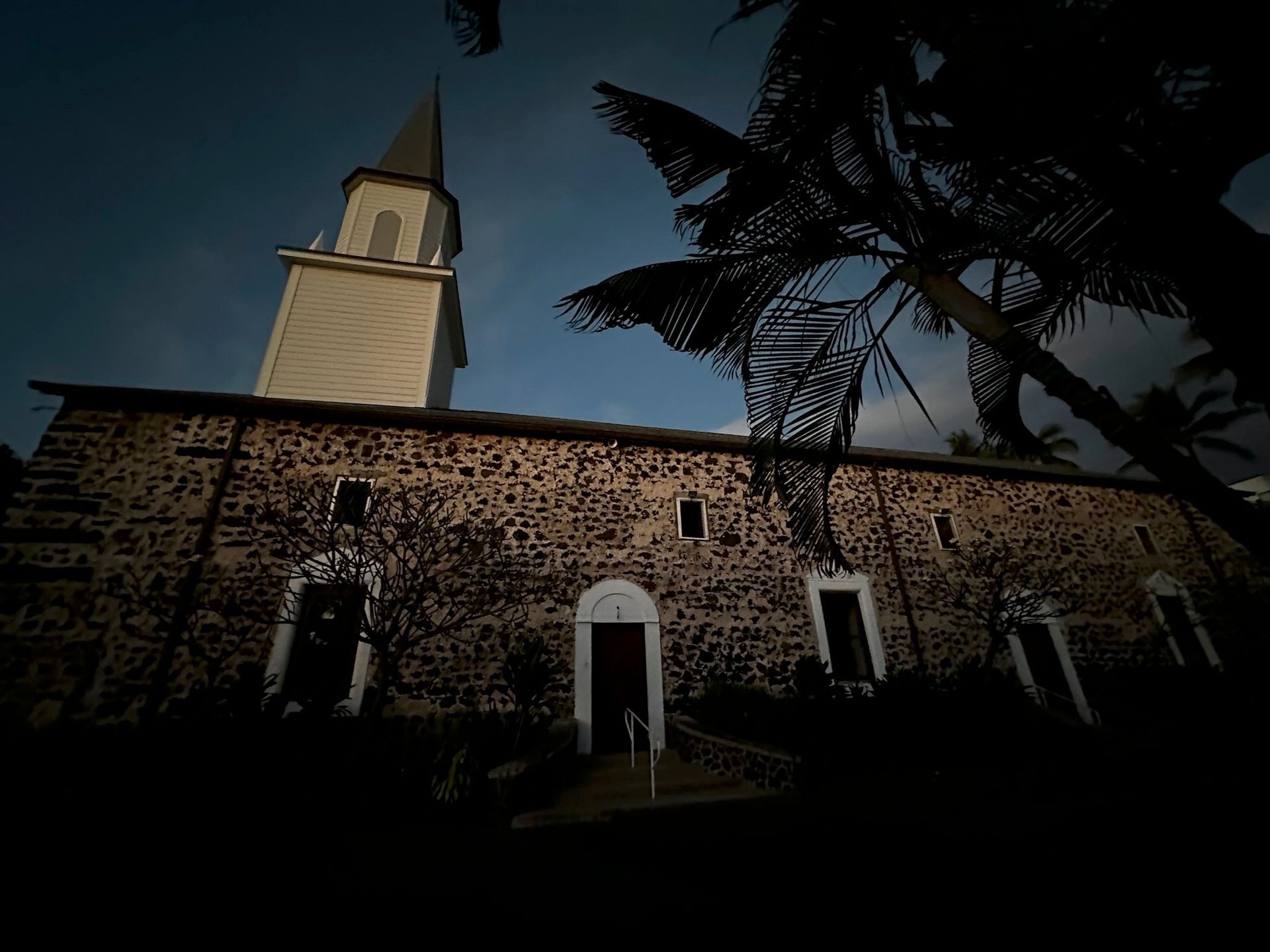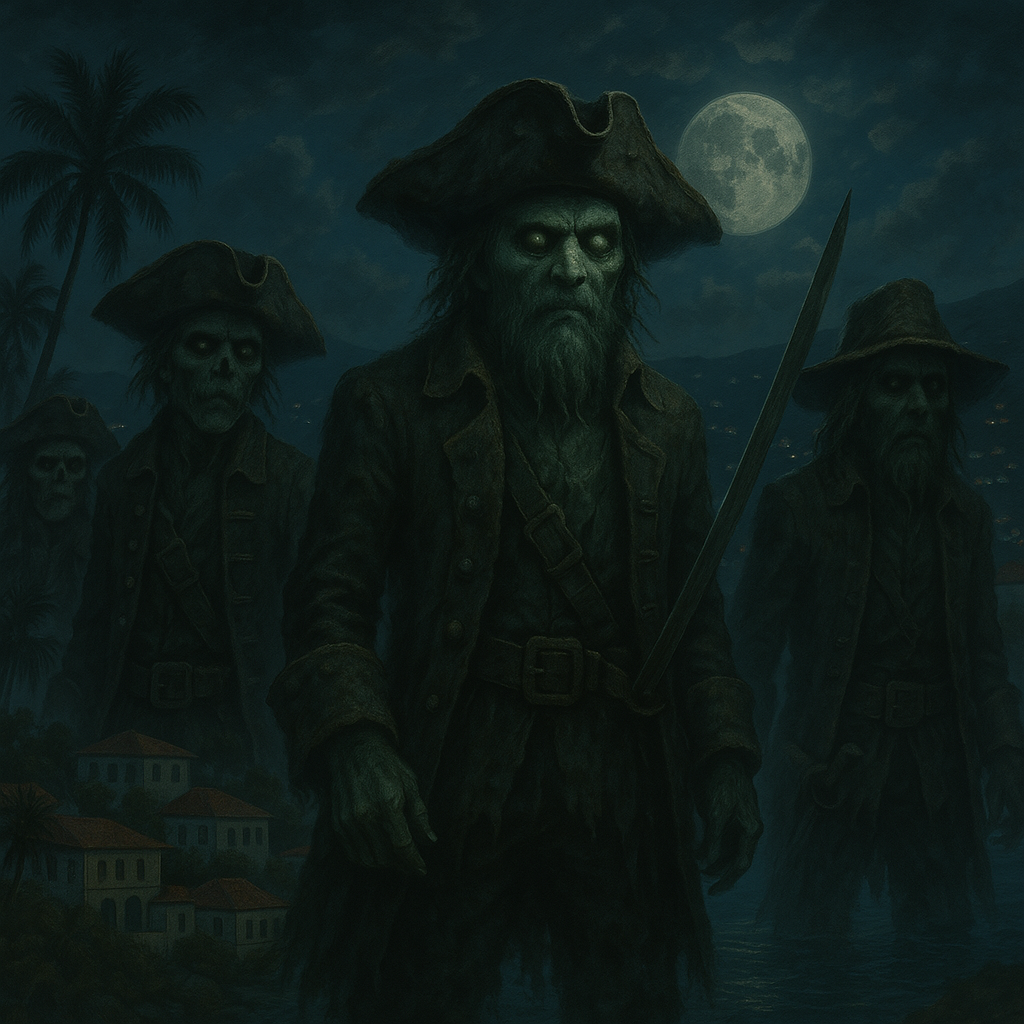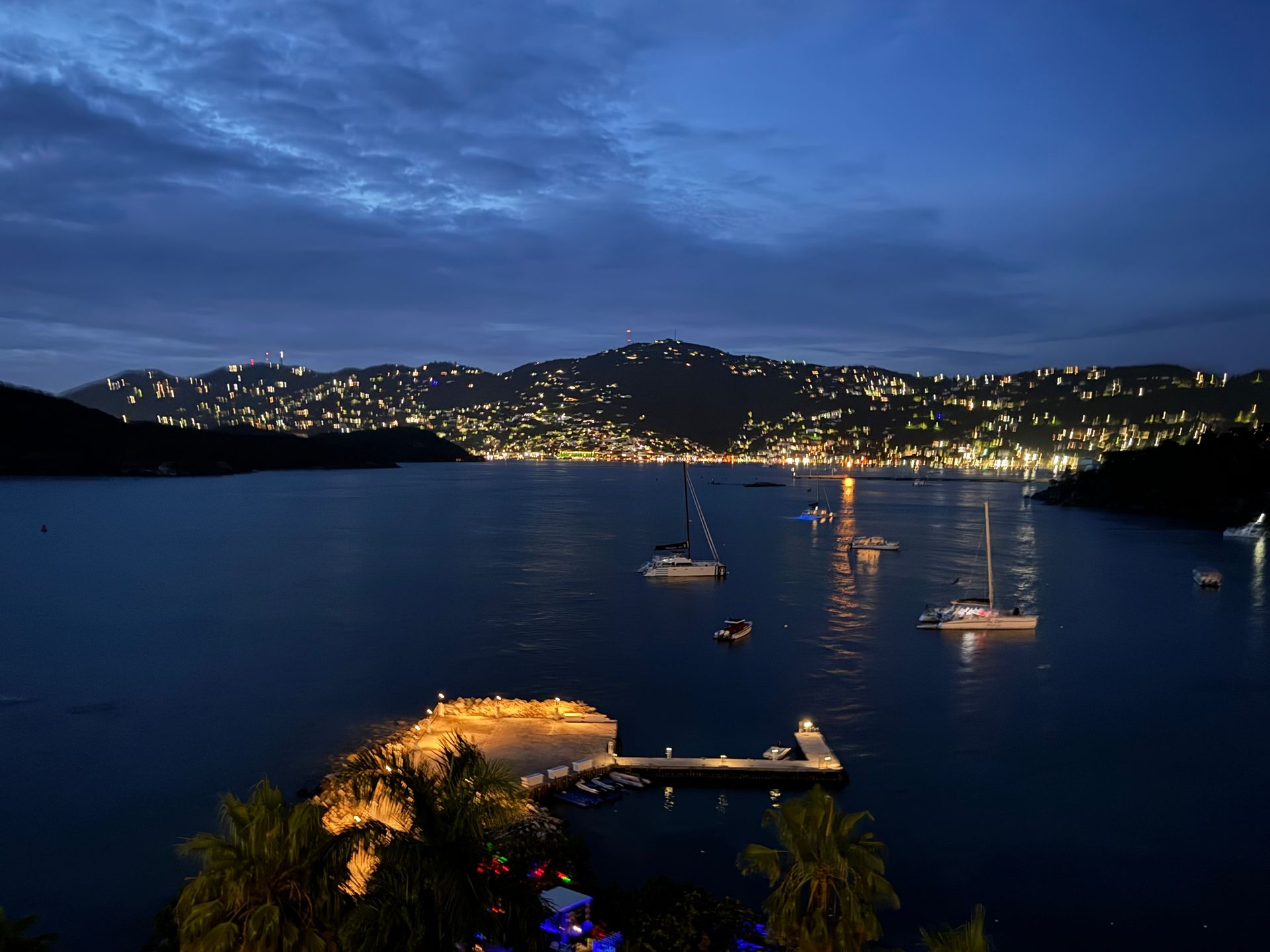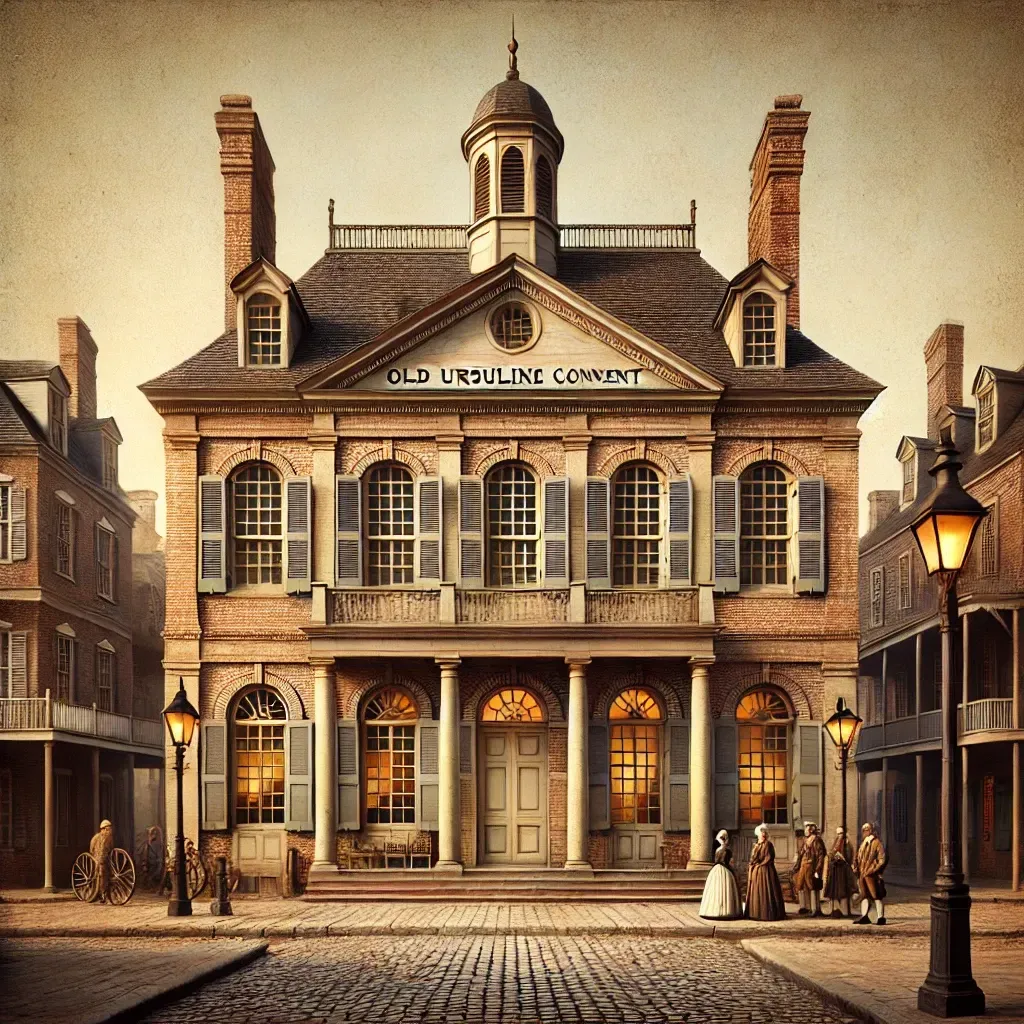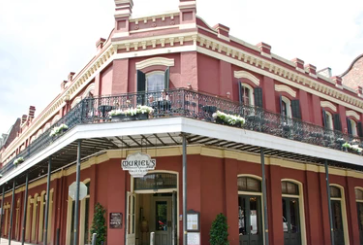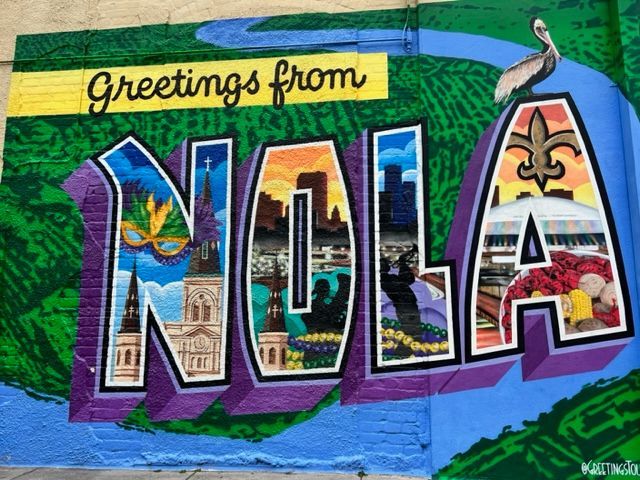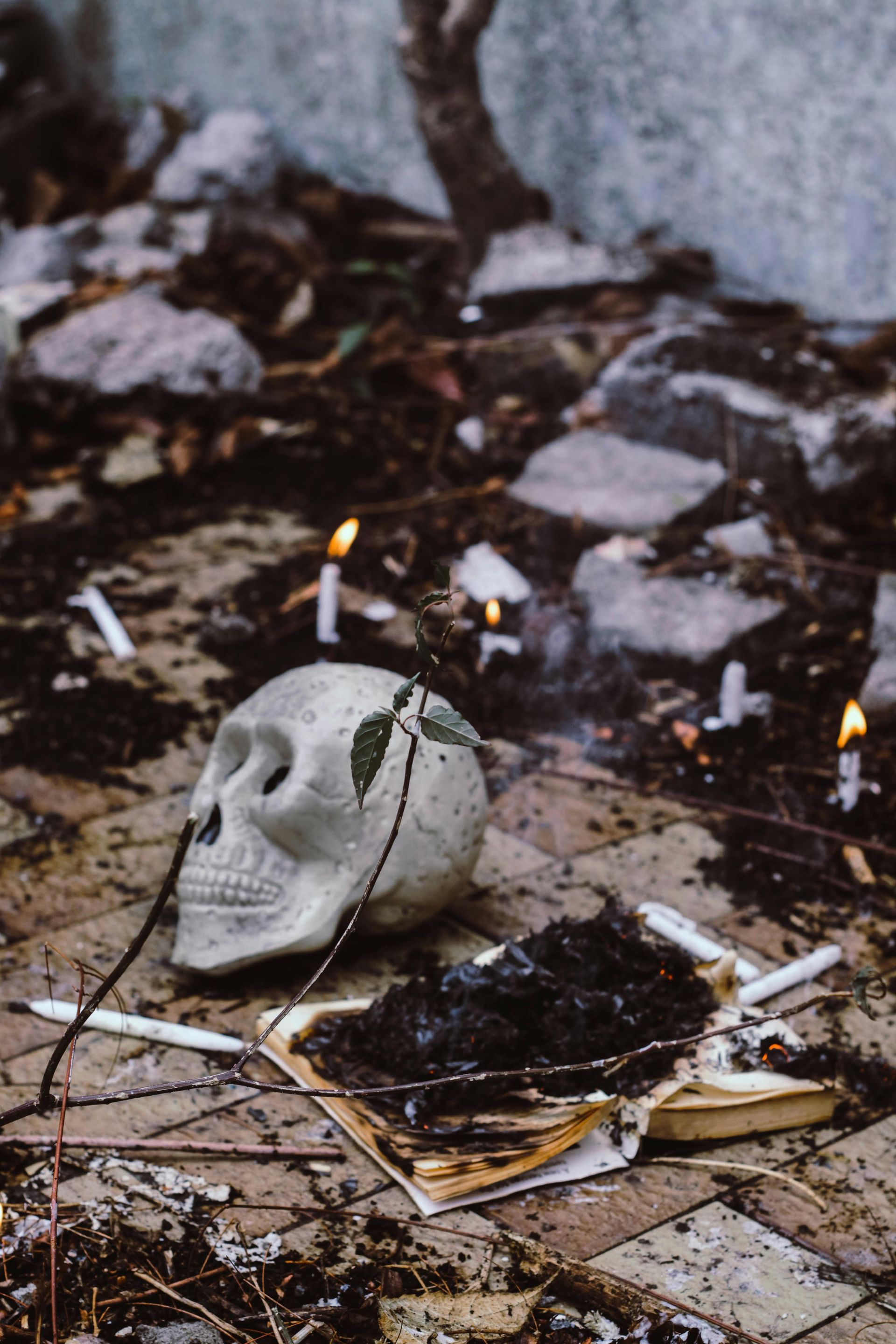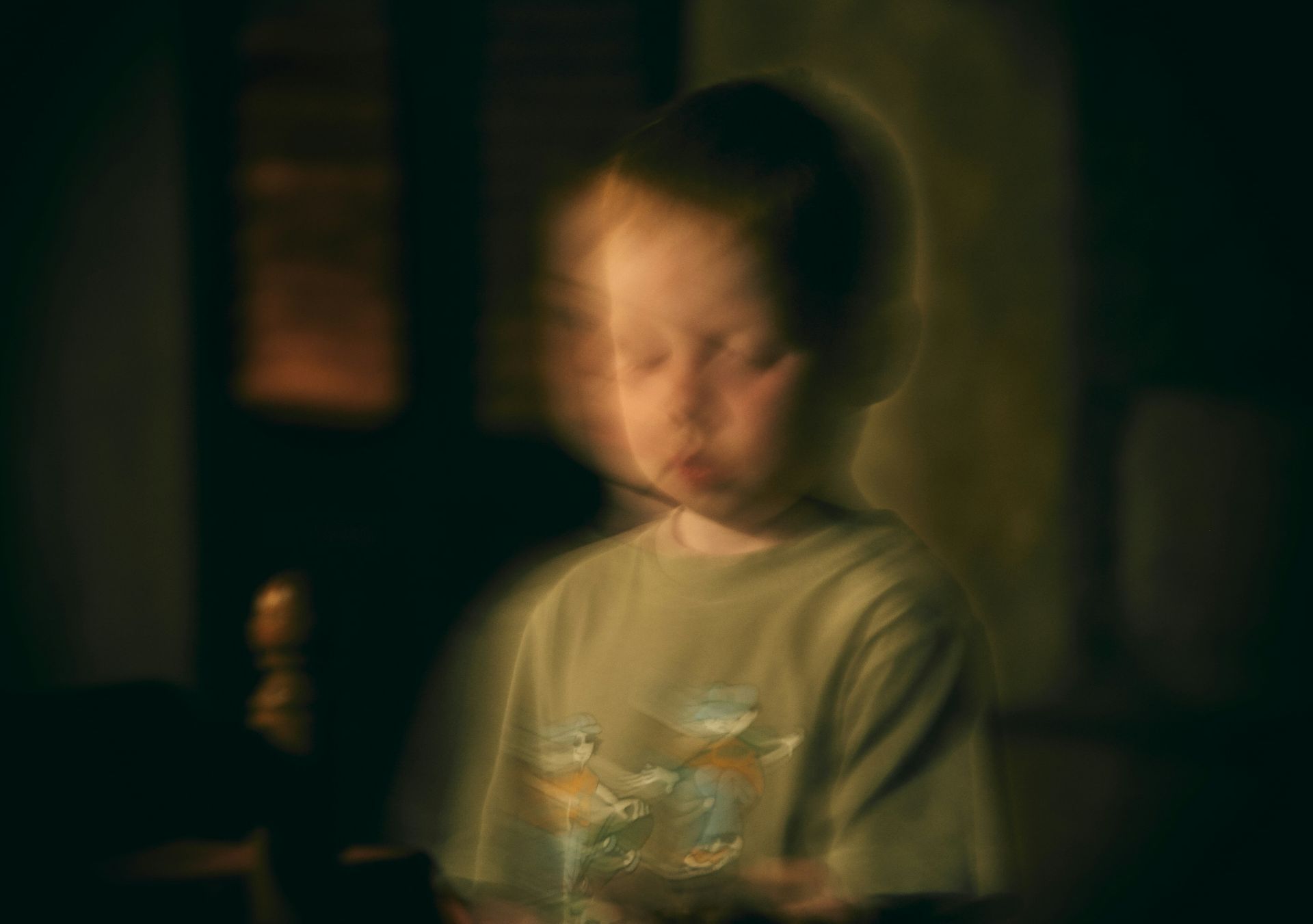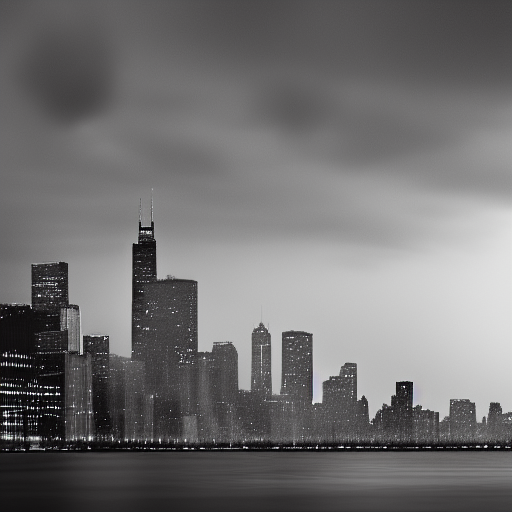The Cursed Kona Lagoon Hotel
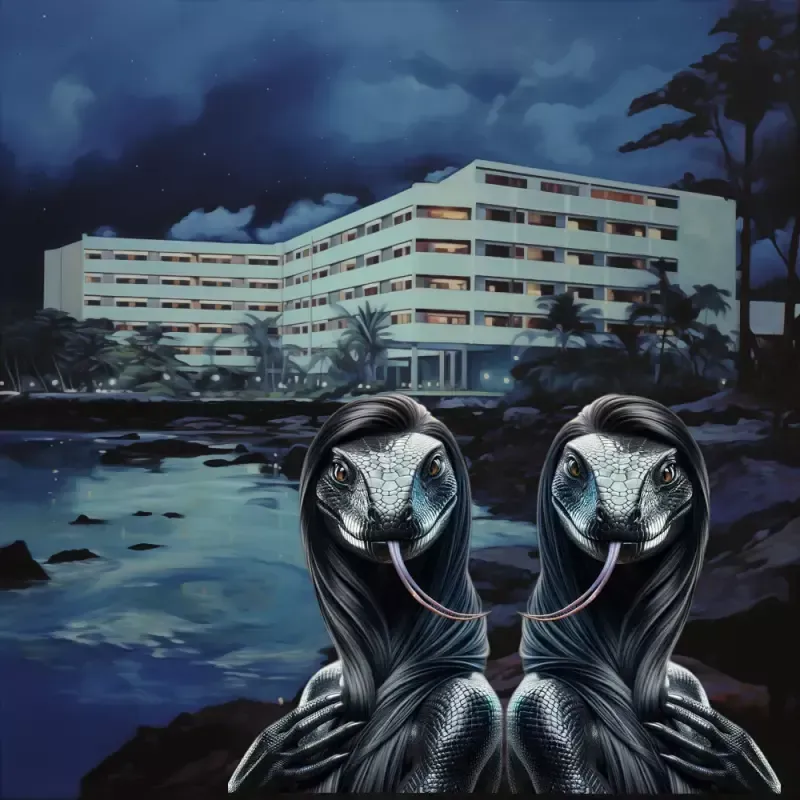
At the southern end of Ali'i Drive, at Keauhou Bay, on the Big Island's Kona Coast, is an idyllic stretch of shore once home to the infamous Kona Lagoon Hotel. Opened in 1974 as a posh beachside resort, the hotel, according to all observers, never realized its full potential. Many locals believed the property was cursed from the beginning, for the land upon which the Kona Lagoon Hotel once stood is not just any land. It's a place marked by its former life as a ceremonial center.
Construction of the hotel obliterated the legendary Keawehala Pond, once thought to be inhabited by twin sisters who wielded extraordinary powers. These superwomen were the fierce protectors of local fresh water, who could transform themselves into formidable 30-foot lizards known as mo'o. The giant edifice of concrete and glass also infringed on nearby heiaus, sacred Hawaiian temples. An extensive map of the site as it appeared before colonization illustrates the area in astounding detail.
One of these sacred Hawaiian temples, called a luakini, was specifically dedicated to human sacrifice. This ancient walled structure, built from native volcanic rocks, was 7-feet high. Providing a platform for carved wooden idols called ki'i, which represent Hawaiian gods, the fortress-like enclosure protected thatched huts that held drums and offerings. This luakini was named Ke'eku Heiau.
The story of Kona Lagoon Hotel is intertwined with the grim tale of Kamalalawalu, the Maui chief who met a gruesome fate at Ke'eku Heiau. To atone for his failed attempt to conquer the Big Island, Kamalalawalu was sacrificed to the war god Ku, the only Hawaiian god to accept human sacrifices. Some sources say Kamalalawalu was impaled at Ke'eku Heiau and took eleven days to die. It's Kamalalawalu's prolonged suffering, which provides at least one explanation for the paranormal activity reported at the Kona Lagoon Hotel. A petroglyph documenting the sacrifice can still be seen carved into the smooth lava near the heiau. Kamalalawalu's spirit, as well as many others, are said to linger on the grounds, trapped in an eternal replay of the historical horror of human sacrifice.
When the Kona Lagoon Hotel opened its doors, guests and staff reported a wide variety of unexplained phenomena—shadowy figures roaming the hallways, disembodied screams piercing the night, and lights flickering without cause. Such events led to whispers of a curse, a belief that the hotel was built upon land that the living were never meant to inhabit.
Despite its modern facade, the hotel could not escape its past. The tales of hauntings grew, and with them, the hotel's reputation as a place of not only eerie but also tragic occurrences. Construction workers were plagued by strange mishaps that led to severe injuries like concussions, fractured bones, and, in one case, a broken back. Hotel staff were battered by flying room service trays, shattering dishes, and doors that inexplicably slammed and locked behind them. The worst accident occurred in August of 1986 and led to the death of a local girl. An 8-foot tall wooden ki'i suddenly toppled, crushing the 4-year-old, who died in the hospital two hours later. The surrounding community welcomed the hotel's closure in 1988. However, the trouble wasn't over. Night watchmen were the next to witness uncanny incidents.
According to a 2002 article in The Honolulu Advertiser:
Security guards hired to watch the property when the 462-room hotel closed in 1988 were frightened at night, said Joe Castelli, who lives at the neighboring Keauhou Kona Tennis and Racquet Club. “They told me that they would see lights up there and hear Hawaiians singing and talking . . . but when they got there, they didn’t find anything. So they said they just didn’t go anymore,” Castelli said.
Largely abandoned to vandals and the elements for sixteen years, the Kona Lagoon Hotel was finally demolished in 2004. The Keauhou Beach Hotel next door, also home to apparitions of ancient Hawaiians, according to some, followed, demolished in 2019.
Today, through the efforts of Kamehameha Schools, the whole area has been reclaimed. The site has been renamed Kahaluʻu Ma Kai. Priests of traditional Hawaiian religion, called kahunas, have blessed the land and rededicated it to its new purpose. Restoration of all of the heiaus has begun. Although only students and teachers are allowed to visit Kahaluʻu Ma Kai in-person nowadays, anyone can take a virtual field trip. Only time will tell if these changes have once and for all calmed the restless spirits who once terrorized the Kona Lagoon Hotel.
If you enjoyed this article, also read The Legend of Old Maui High School. For tours focusing on the unique supernatural heritage of the Hawaiian Islands, please consider our haunted history walks in Kailua-Kona and Hilo.
Discover why people love our ghost tours by visiting our Google Business Profile Reviews to learn about the experiences shared by our customers.
Find Your Next Paranormal Experience
Hilo Ghost Walk
Learn MoreKailua-Kona Ghost Walk
Learn More